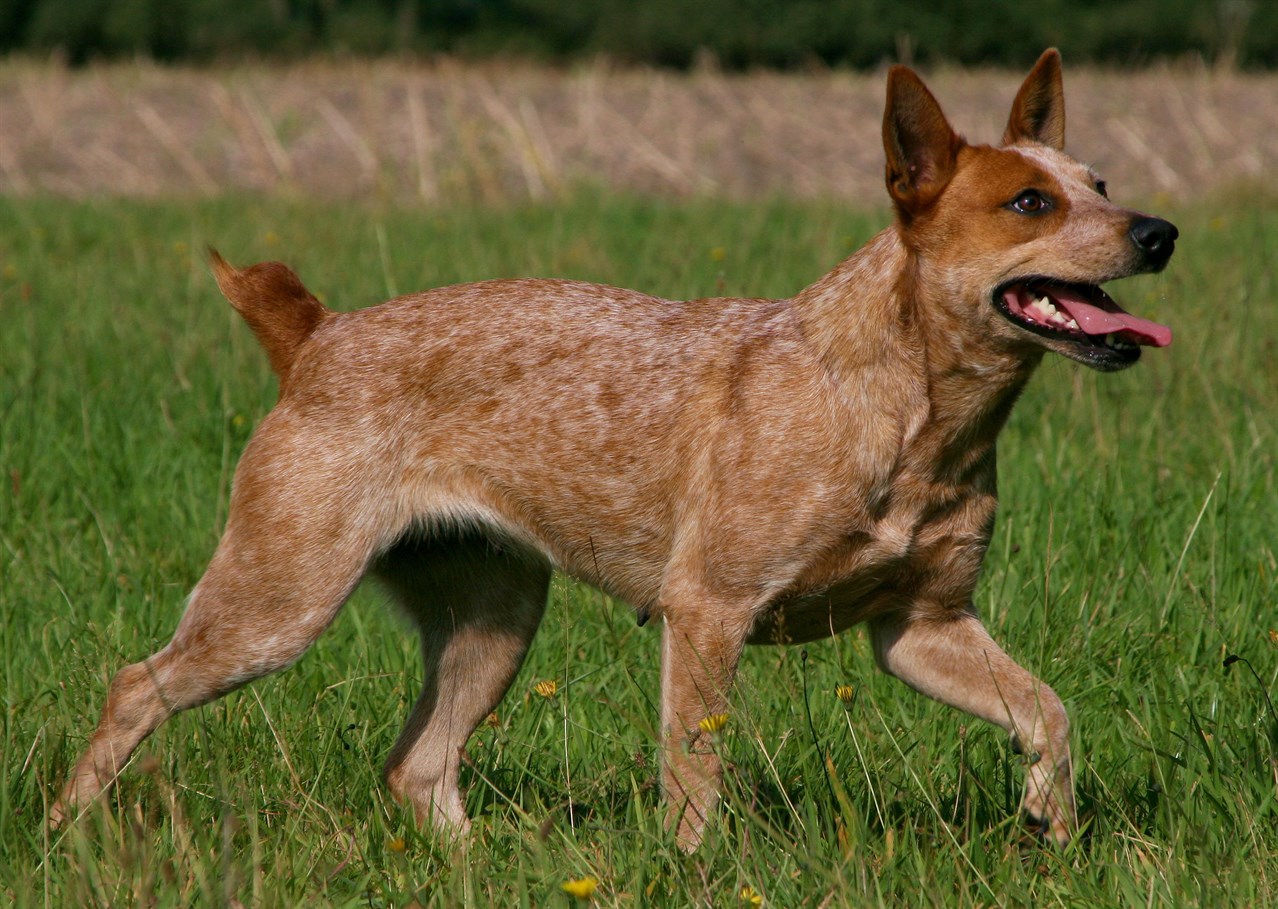Downsides or Disadvantages to Ownership of the Australian Stumpy Tail Cattle Dog

While the Australian Stumpy Tail Cattle Dog (Stumpy Tail) is a remarkable breed with numerous positive qualities, it's essential to be aware of the potential downsides and challenges associated with their ownership. Here are some disadvantages to consider:
High Energy Levels:
Downside: Stumpy Tails are incredibly energetic dogs that require substantial daily exercise and mental stimulation. Failing to meet their activity needs can lead to behavioral problems, restlessness, or destructive behavior.
Solution: Owners must commit to providing regular exercise and engaging activities to help channel their energy productively.
Need for Mental Stimulation:
Downside: Stumpy Tails are highly intelligent and thrive on mental challenges. Without adequate mental stimulation, they can become bored and exhibit undesirable behaviors.
Solution: Owners should engage in training sessions, puzzle toys, and interactive games to keep their minds occupied.
Potential for Herding Behavior:
Downside: Due to their herding instinct, Stumpy Tails may exhibit nipping or herding behaviors, especially with children or other pets. This behavior can be undesirable and requires training and supervision.
Solution: Early training and socialization can help mitigate herding behaviors. Consistency in training is essential.
Prone to Separation Anxiety:
Downside: Stumpy Tails form strong bonds with their owners and can be prone to separation anxiety if left alone for extended periods. This can lead to destructive behavior and distress.
Solution: Owners should plan for companionship, exercise, and mental stimulation during periods of solitude. Crate training and gradual departures can also help alleviate separation anxiety.
Vocalization:
Downside: Stumpy Tails can be vocal dogs, and they may bark or howl, especially when they are bored or frustrated. Excessive barking can be a nuisance.
Solution: Training can help reduce excessive barking. Addressing the underlying cause, such as boredom, can also help minimize vocalization.
Need for Supervision:
Downside: Stumpy Tails may require close supervision, particularly around small children, due to their herding instincts. Failure to supervise interactions can lead to accidents or misunderstandings.
Solution: Always supervise interactions between the dog and children or other pets. Teach children how to behave around the dog.
Not Suitable for Sedentary Lifestyles:
Downside: Stumpy Tails are not well-suited for sedentary or inactive owners. They thrive in active environments and may not adapt well to a less active lifestyle.
Solution: Prospective owners should assess their ability to provide the necessary exercise and mental stimulation before choosing a Stumpy Tail.
Grooming Requirements:
Downside: While their coat is relatively low-maintenance, Stumpy Tails do shed, and regular brushing is necessary to manage loose hair.
Solution: Brushing their coat weekly can help control shedding and maintain their overall appearance.
Health Concerns:
Downside: Stumpy Tails are susceptible to certain health issues, including hip dysplasia, elbow dysplasia, and progressive retinal atrophy. This can lead to veterinary expenses and potential healthchallenges.
Solution: Responsible breeding practices and regular veterinary check-ups can help manage and address these health concerns.
Australian Stumpy Tail Cattle Dog puppies for sale
- Find Australian Stumpy Tail Cattle Dog puppies for sale in ACT
- Find Australian Stumpy Tail Cattle Dog puppies for sale in NSW
- Find Australian Stumpy Tail Cattle Dog puppies for sale in NT
- Find Australian Stumpy Tail Cattle Dog puppies for sale in QLD
- Find Australian Stumpy Tail Cattle Dog puppies for sale in SA
- Find Australian Stumpy Tail Cattle Dog puppies for sale in TAS
- Find Australian Stumpy Tail Cattle Dog puppies for sale in VIC
- Find Australian Stumpy Tail Cattle Dog puppies for sale in WA